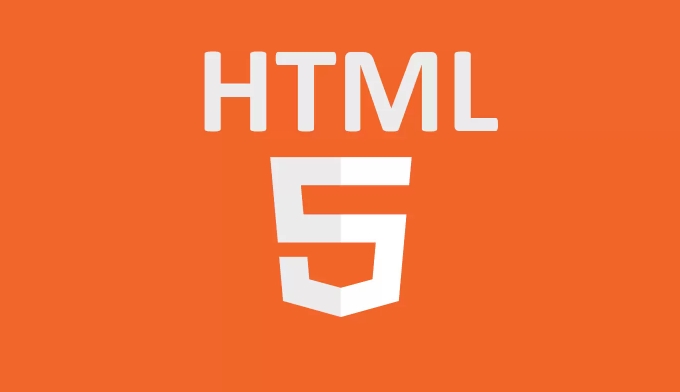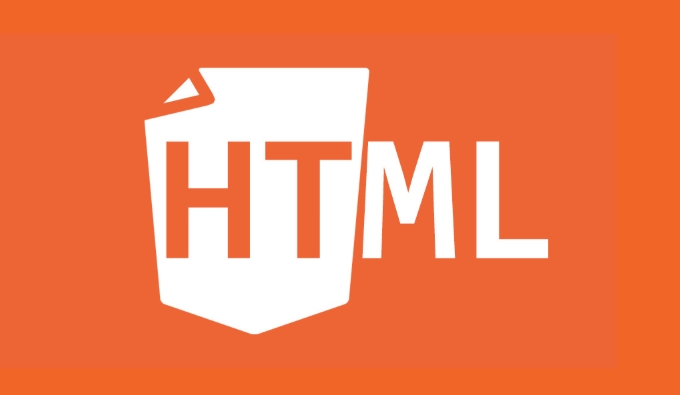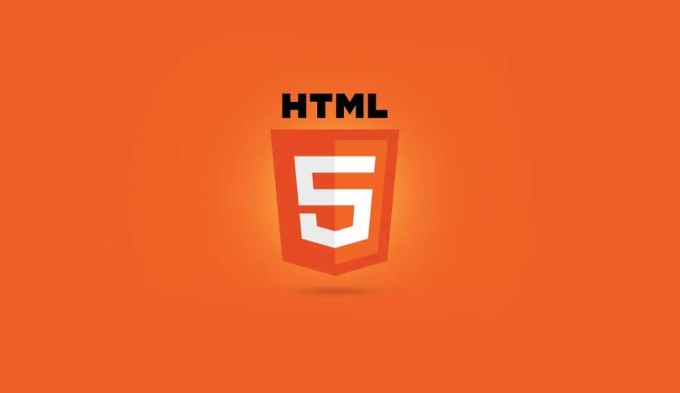The core of LCP optimization is to accelerate the loading of key content on the first screen and reduce rendering blockage. 1. Load the key resources on the first screen in advance, use WebP/AVIF format, fix the image size, use lazy loading reasonably, and check the CDN acceleration effect; 2. Reduce blockage items on the critical rendering path, split non-critical CSS, asynchronous loading of JS, and prioritize server-side rendering to speed up the first screen rendering; 3. Use font loading strategies reasonably, use font-display: swap, streamline word weight and character set, compress font files, or use system fonts to reduce loading delay.

Largest Contentful Paint (LCP) is an important metric for measuring web page loading performance, especially in H5 pages, which directly affects user experience and search engine ratings. The core of optimizing LCP is to make key content appear in front of users as soon as possible.

1. Load key resources on the first screen in advance
LCP is often triggered by the largest elements in the page, such as images, videos, or large blocks of text. To optimize it, you must first make sure that these "maximum content" can be loaded as early as possible.
- Images should be used in modern formats (such as WebP or AVIF) as possible, with smaller size and faster loading.
- Use
loading="lazy"to load non-first-screen images, but do not delay loading the key images on the first screen. - Set a fixed size for the picture to prevent layout jitter from affecting the browser's calculation of LCP.
- If you use the
<video></video>tag as the main content, you can preload the cover image and use JS to control the playback behavior.
Sometimes you think the image has been optimized, but it may be due to improper CDN configuration, so it is recommended to check the cache policy of static resources and the CDN acceleration effect.

2. Reduce blocking items on critical rendering paths
When the browser parses HTML and renders the page, if the script or style sheet is blocked, the page content will be drawn delayed, thereby slowing down the LCP.
- Minimize the number of
<script></script>and<link rel="stylesheet">in. - Split non-critical CSS out of asynchronous loading, or inline critical CSS.
- Asynchronously loading JavaScript, especially statistical scripts, advertisements, etc., does not affect the content displayed on the first screen.
- Avoid using synchronized
document.write(), which has a greater impact on mobile.
If you use frameworks (such as Vue, React), server-side rendering (SSR) or static generation (SSG) can significantly improve the first-screen speed and can also help render LCP elements in advance.

3. Use font loading strategies rationally
Although the custom font is beautiful, if it is not handled well, it will drag down the rendering speed of the first screen, especially when the mobile network is unstable.
- Use
font-display: swapto avoid text blanking (FOIT) during font loading. - Only the necessary word weights and character sets are loaded, for example, English websites can not load Chinese characters.
- Font files are also compressed, such as WOFF2 format is more efficient than TTF.
- If the font is not particularly important, consider using the system default font directly.
Fonts are a point that is easy to be ignored. Many people only focus on pictures and scripts. In fact, slow font loading will also indirectly affect LCP because it may cause text content to be delayed.
Basically, these operations are more practical. Not necessarily every project is suitable for you. Just choose a few key points to start. The key is to let users see the main content as soon as possible.
The above is the detailed content of Optimizing H5 Largest Contentful Paint (LCP). For more information, please follow other related articles on the PHP Chinese website!

Hot AI Tools

Undress AI Tool
Undress images for free

Undresser.AI Undress
AI-powered app for creating realistic nude photos

AI Clothes Remover
Online AI tool for removing clothes from photos.

Clothoff.io
AI clothes remover

Video Face Swap
Swap faces in any video effortlessly with our completely free AI face swap tool!

Hot Article

Hot Tools

Notepad++7.3.1
Easy-to-use and free code editor

SublimeText3 Chinese version
Chinese version, very easy to use

Zend Studio 13.0.1
Powerful PHP integrated development environment

Dreamweaver CS6
Visual web development tools

SublimeText3 Mac version
God-level code editing software (SublimeText3)
 What does h5 mean?
Aug 02, 2023 pm 01:52 PM
What does h5 mean?
Aug 02, 2023 pm 01:52 PM
H5 refers to HTML5, the latest version of HTML. H5 is a powerful markup language that provides developers with more choices and creative space. Its emergence promotes the development of Web technology, making the interaction and effect of web pages more Excellent, as H5 technology gradually matures and becomes popular, I believe it will play an increasingly important role in the Internet world.
 How to distinguish between H5, WEB front-end, big front-end, and WEB full stack?
Aug 03, 2022 pm 04:00 PM
How to distinguish between H5, WEB front-end, big front-end, and WEB full stack?
Aug 03, 2022 pm 04:00 PM
This article will help you quickly distinguish between H5, WEB front-end, large front-end, and WEB full stack. I hope it will be helpful to friends in need!
 What Does H5 Refer To? Exploring the Context
Apr 12, 2025 am 12:03 AM
What Does H5 Refer To? Exploring the Context
Apr 12, 2025 am 12:03 AM
H5referstoHTML5,apivotaltechnologyinwebdevelopment.1)HTML5introducesnewelementsandAPIsforrich,dynamicwebapplications.2)Itsupportsmultimediawithoutplugins,enhancinguserexperienceacrossdevices.3)SemanticelementsimprovecontentstructureandSEO.4)H5'srespo
 H5: The Evolution of Web Standards and Technologies
Apr 15, 2025 am 12:12 AM
H5: The Evolution of Web Standards and Technologies
Apr 15, 2025 am 12:12 AM
Web standards and technologies have evolved from HTML4, CSS2 and simple JavaScript to date and have undergone significant developments. 1) HTML5 introduces APIs such as Canvas and WebStorage, which enhances the complexity and interactivity of web applications. 2) CSS3 adds animation and transition functions to make the page more effective. 3) JavaScript improves development efficiency and code readability through modern syntax of Node.js and ES6, such as arrow functions and classes. These changes have promoted the development of performance optimization and best practices of web applications.
 How to implement h5 to slide up on the web side to load the next page
Mar 11, 2024 am 10:26 AM
How to implement h5 to slide up on the web side to load the next page
Mar 11, 2024 am 10:26 AM
Implementation steps: 1. Monitor the scroll event of the page; 2. Determine whether the page has scrolled to the bottom; 3. Load the next page of data; 4. Update the page scroll position.
 H5: How It Enhances User Experience on the Web
Apr 19, 2025 am 12:08 AM
H5: How It Enhances User Experience on the Web
Apr 19, 2025 am 12:08 AM
H5 improves web user experience with multimedia support, offline storage and performance optimization. 1) Multimedia support: H5 and elements simplify development and improve user experience. 2) Offline storage: WebStorage and IndexedDB allow offline use to improve the experience. 3) Performance optimization: WebWorkers and elements optimize performance to reduce bandwidth consumption.
 H5 Code: Accessibility and Semantic HTML
Apr 09, 2025 am 12:05 AM
H5 Code: Accessibility and Semantic HTML
Apr 09, 2025 am 12:05 AM
H5 improves web page accessibility and SEO effects through semantic elements and ARIA attributes. 1. Use, etc. to organize the content structure and improve SEO. 2. ARIA attributes such as aria-label enhance accessibility, and assistive technology users can use web pages smoothly.
 How to use position in h5
Dec 26, 2023 pm 01:39 PM
How to use position in h5
Dec 26, 2023 pm 01:39 PM
In H5, you can use the position attribute to control the positioning of elements through CSS: 1. Relative positioning, the syntax is "style="position: relative;"; 2. Absolute positioning, the syntax is "style="position: absolute;" "; 3. Fixed positioning, the syntax is "style="position: fixed;" and so on.






